‘A question of beauty’ (Acts 4:32-35)
The immediate context of the Biblical text which is the subject of our reflection is the thanksgiving prayer of the Christian community after the freeing of Peter and John (Acts 4:23-31) which ends with a new Pentecost (v. 31) and a renewed pouring out of the Spirit which gives to all those present the ability and the strength to proclaim the Gospel without fear and with frankness.
Our religious brothers together in Bucchianico for their spiritual exercises
The Sign of Communion
The first sign that we discover is that of communion. Luke says of the first community that they were ‘one in mind and heart’ (v. 32). Luke, even before saying what the first Christians did, tells us how they did it. They tried to do things together, sharing what they had. They had understood that in the original mathematics of God what is divided in reality is multiplied and what is taken away is added. They were not people who were concerned to do too much: their aim was to do good. They well understood the importance of style and preferred the full taste of ‘working with’ to the acidic taste of ‘working against’. They were joyous about the good of others, and this was already a piece of heaven on earth. The good of the another, instead, makes you envious, jealous and irritated when it makes you feel that the whole world in is in your debt, not sufficiently appreciated or valued: then life becomes an endless nightmare. To live in communion, in the final analysis, works to your advantage. It is a fine thing that at the same time the other pages of the Acts also demonstrate to us all the difficulties and the lacerations of this communion. We are reminded, that is to say, through the falls and the failures of the first church, that the gift of communion is always a gift, before being the outcome of an effort; it is a grace that is received and cultivated with great discipline and with great trust. So that this communion will not appear too abstract, a little uncertain, made up of big words and a touch of ideology, of pre-cooked phrases and feelings without substance, Luke immediately gives examples of concrete, indeed very concrete, contents. This is an example which perhaps encounters a significant resistance on the part of those who listen to it or read it. ‘None of them said that any of their belongings were their own, but they all shared with one another everything that they had’. As a point of departure, therefore, there is always a personal experience of faith. An experience that gives meaning and a purpose to one’s life. That expands the heart. Which gives people a desire to live.
If we are interested in being aware of the need to locate ourselves in the reality of fraternal life, of communion, and then transform this experience of community into a motivated, convinced choice of faith, we necessarily need to discover what our life of faith holds dear; we need to engage in the detachments which this experience inevitably imposes; and we need to experience the joy that faith produces.
Discovery, Detachment, Joy
With these bases our experience of community can then be an authentic religious experience. I would say only on these conditions. The community that we attend to (which is our reality) arises from faith and it is a gift of God. We simply receive, it or more precisely we offer the structures by which God communicates it to us. A simple look, again, at the first community of Jerusalem enables us to discover in a clear way what these structures are. The passage in parallel to ours, chapter 2 verses 42-8, which is also idyllic, contains, however, some indicative or directive elements. First of all ‘listening together to the Word’ (together and not each individual on his own). Reference is also made to ‘Apostles’ (the reference is to the Magisterium). Then ‘sharing’ in life, the attempt to construct fraternal relationships at all levels, including the economic one. Lastly, worship and prayer. The first testimony specifically involves experiencing community where the different feel accepted, in communion, without, because of this, being forced to forgo their special features. Built upon a fact of faith and hope which establish the unifying orientation of our living together, the community has to engage in a permanent effort to achieve self-formation as regards living together in order to create an environment where personal and community aspirations can coexist and be fulfilled. There is a constant work of adaptation and perfecting. This involves the art of dialogue, the unconditional acceptance of the other, the exchange of experiences, resort to provisional compromise so as not to break the unitary journey (as long as it is provisional). The community is the first ‘laboratory’ where the experience of faith and of service is appropriated and perfected. The experience of being together, of doing something for somebody, becomes a proposal involving welcome and sharing that generates new life, that creates a contagion of the environment in a positive sense. This is an experience of love that generates esteem, trust, a familial style of life that makes the needs of relationships and of action be lived with satisfaction. To understand the point even more deeply, if we again consider the model of the first Christian community, the experience of the Acts, pillars emerge on which we can base the experience of ‘being together’.
First of all there is a project (what this is should be clarified). This is somewhat like a ‘rule of life) (our Formula) which has a different colour to the other community experiences. Together with the project there is a virtue (understood in its meaning of ‘force’ and ‘energy’). This is what allows the carrying out of the project. We can identify this ‘virtue’ as ‘evangelical radicality’ (which is also made up of disciple, observance, readiness to help, precision…). But also made up of dignity, transparency and authoritativeness. A community, in addition, needs a soul (it must have a heart). It is expressed, we may say, through a ‘family spirit’. There is a need for welcome and mutual sharing in order if community is to be experienced. Lastly, there is a motivation (this is my faithful ‘yes’ to Christ around the Word). It is clear that a community of this kind does not lead us to be in a fairytale atmosphere. ‘They lived happily ever after’ is a motto that cannot be applied to any community. Indeed, if this fairytale were to occur, we would have to be careful: very probably we will have created a community for ourselves and not for the Kingdom. Fairytales end with this poem – the Gospel does not!
A community is always a reality that has conflicts. Differences of opinions, different levels of maturity, past experiences, and different kinds of formation that have been received always constitute reasons for conflict. The important thing for the individual and the community is not to never have conflicts but how they are faced up to. It is there that one sees whether there is the evangelical spirit, a family spirit. The ‘how’. For the first Christian community the signal of good that it sent to the world was the credibility of an agreeable, attractive, life marked by the smile of grace and the beauty of the human face. ‘Nobody was in need’, writes Luke. This means that the first Christians were not only concerned with the wishes of people – they were also concerned about their needs. Whether this statement is true or not, it remains a fact that the early church knew and understood the most material needs of its brethren as well, their most daily needs. Its work was concrete, practical, capable of facing up to the prosaic severity of daily situations with determination – little food, the illness of a relative, an unforeseen mourning. Where there was need, the church arrived because the proclaiming of the resurrection did not only involve the hope of heaven but also asked to be expressed in the offering of a good life here on earth, without the sparing of money or energy.
A Question of Beauty
Let us now pay careful attention to these anonymous believers of two thousand years ago. They are ‘agreeable’ – the text of Luke declares, esteemed and respected. I will use an easier adjective, which it seems to me is more expressive and identifying, and much more effective: they are beautiful. To be a believer is a question of beauty, of grace. You need only look around us: everybody does everything they can to be beautiful. Some are very successful in this, to tell the truth, and others try without achieving great results; there are even those who end up by making themselves ridiculous. But to be beautiful is the most important thing. And we do not need very many words to understand what beauty we are talking about. It is a beauty that communicates a style, which highlights, without make up and cosmetic wonders, the grace of a mature and reconciled personality, the appeal of a successful life. What are the criteria by which I judge a successful and fulfilled life? What parameters of beauty do I employ in assessing an existence, perhaps my own existence, in the sight of others and of God Himself? One of the most important things that we can do in our lives as religious is to discover and collect the stories of the people that we meet every day and narrate the beauty that is concealed in them. At times we are faced with people who are exemplary in their daily lives, who are of a moving ordinariness, who make us understand without many words that to become beautiful and to become saints is truly possible, despite our frailty and our limits. A person becomes beautiful because the Lord sees him. Let us learn to look as God looks. And let us look at ourselves with greater affection. The Lord knows how to perceive a hidden beauty in us, even though we do not feel capable of great things, of great choices, of great examples of forgoing. We are beautiful because He loves us; let us become what we are.



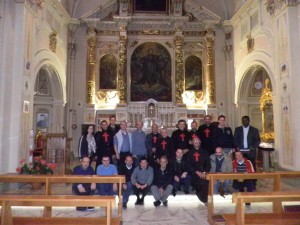

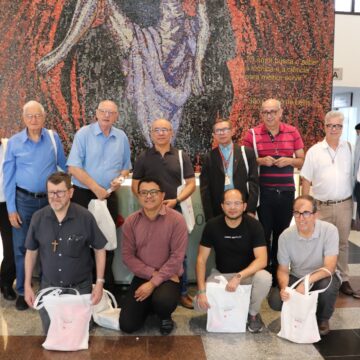
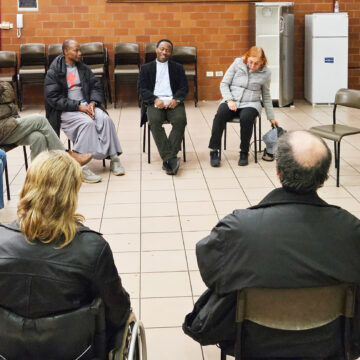
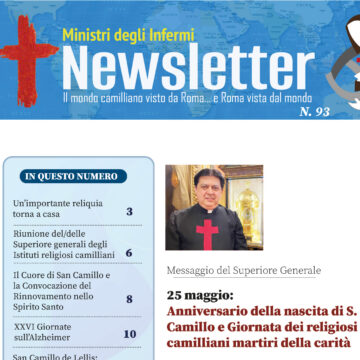
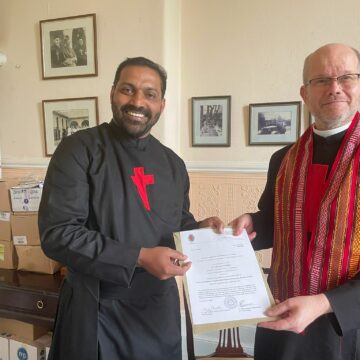
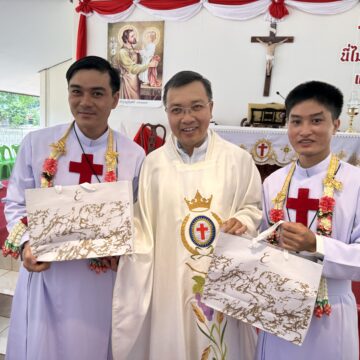
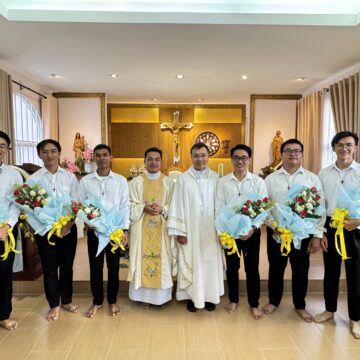
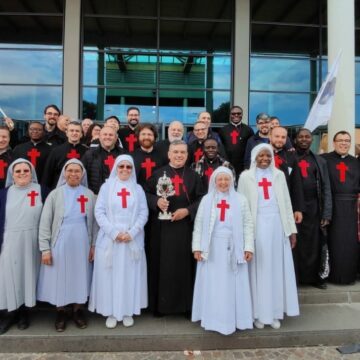
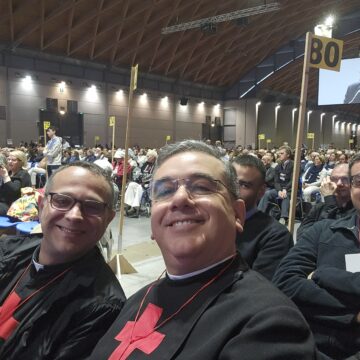
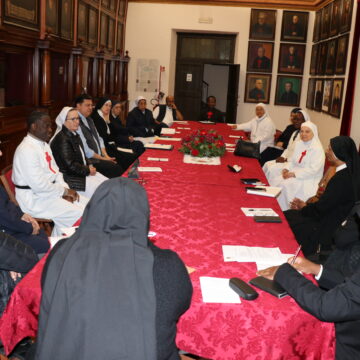
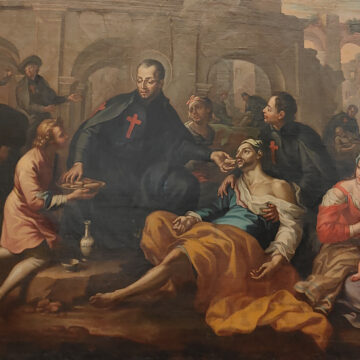


Camillians on Facebook
Camillians on Twitter
Camillians on Instagram